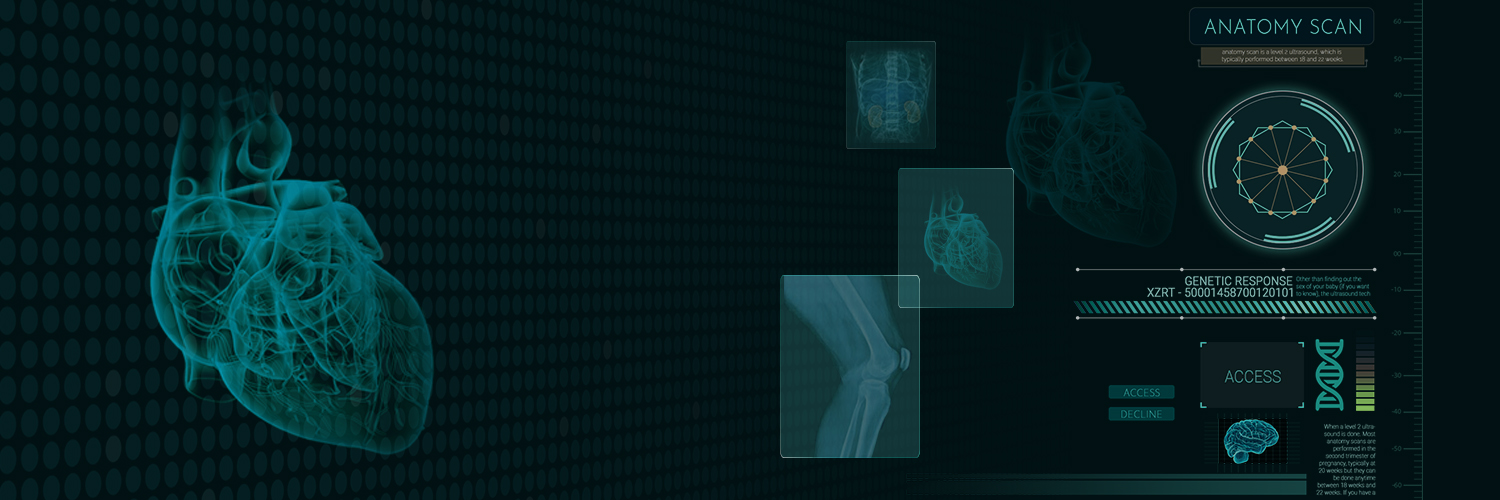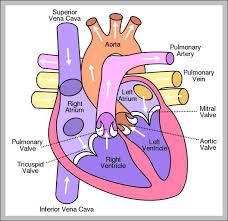TRANSPORT IN HUMANS
Air, water and food are essential components for survival and the need for these components is met by ensuring regular breathing, drinking and eating. These elements are transported to our body cells and tissues by the circulatory system.
Human Circulatory System
- The human circulatory system is one that circulates every necessary element in the body. It works on the principle that in order to circulate necessary components, a messenger is required that in turn requires a pathway to support.
- There are two types of transport system in human beings:
Blood Circulatory System:
- The main transport system in human beings (or man) is the ‘blood circulatory system’. The human blood circulatory system consists of two main parts:
- The heart: the organ which pumps and receives the blood
- The blood vessels (or tubes) :Through which the blood flows in the body.
- The blood flows through three types of blood vessels:
- Arteries
- Veins
- Capillaries
Lymphatic system:
It is the system which also helps in the transport of materials in the human body. In human beings, the various substances transport through two liquids called ‘blood’ and ‘lymph’.
HEART
The job of heart is to pump blood around our body.
- Chamber: The hearts has four compartments called ‘chambers’ inside it. The hearts has four compartments called ‘chambers’ inside it. Atria are the upper two chambers of heart. And ventricles are the Lower two chamber of heart.
- Arteries: Arteries are the thick walled blood vessels which carry blood from the heart to all the part of the body. The pulmonary artery carries deoxygenated blood from the right ventricle to the lungs.
- Capillaries: The capillaries are thin walled and extremely narrow tubes or blood vessels which connect arteries to veins.
- Veins: Veins are the thin walled blood vessels which carry blood from all the parts of the body back to the heart. Veins have valves in them which allow the blood in them to flow in only one direction (towards the heart). The valves prevent the backflow of blood in veins. The pulmonary veins carry oxygenated blood from lungs back to the heart.

